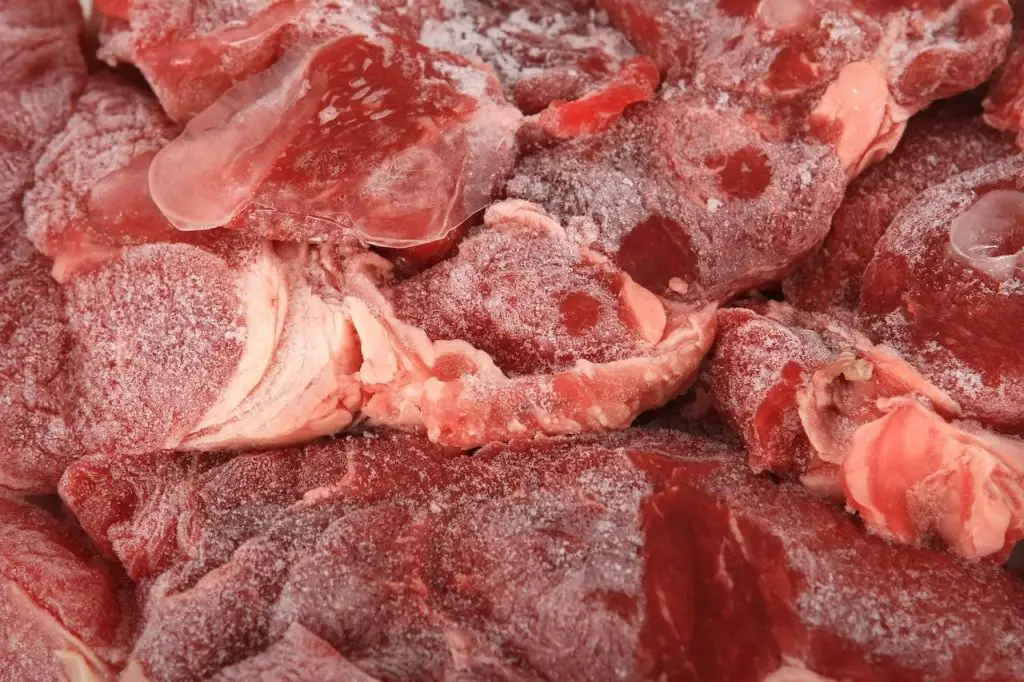If you are shipping home a deer from the hunt, you may be wondering how long can deer meat stay on icy shelves? The temperature of meat has to stay at or below 40 degrees Fahrenheit (4.4 degrees Celsius) to prevent bacteria growth. Meat that is too warm can lose its quality to bacteria. The meat can be shipped home a few hours after you shoot it, but it must reach the freezer within a few hours.
Storage temperature
How long can deer meat stay on a cooler? It depends on what it is. Whole pieces of meat are best stored in the refrigerator for three to five days. Ground meat or jerky can be frozen for three to six months and stored at room temperature for another three to four days. You can even vacuum seal venison before freezing it. Keeping venison on ice can help it stay fresh for up to three months.
When preparing deer meat, keep in mind that the meat’s storage time is highly dependent on the ambient temperature and the way the meat was killed. In general, a deer’s meat is at its best when the temperature is in the mid-thirties or lower. While freezing the carcass can make the meat tough and rubbery, aging it can make the meat taste much better.
Preventing cross contamination
When handling a deer carcass, the most important precaution is to avoid puncturing the organs and introducing external contaminants. The stomach, intestines, anus, and gullet are all places where bacteria can flourish and contaminate food. Hence, it is best to begin the cutting process at the bottom of the breastbone and work upwards. This will minimise the risk of puncturing the guts and allowing the meat to cool more rapidly.
The next important step in preventing cross-contamination of deer meat is to chill the meat as soon as possible. Ensure the carcass is stored in a cool esky to prevent cross-contamination. Deer meat should not be kept in contact with deer skin cells as moisture encourages bacterial growth. Wild deer may also be susceptible to parasites, endemic diseases, and other infectious agents.
Transporting deer carcass
If you’re transporting a deer carcass on ice, you’ll want to put it on ice immediately after killing it. This will help prevent it from drying out and contaminating the meat. The best way to do this is to place the carcass in the cooler the day you kill it. It should be refrigerated within three to four hours after being killed. To improve cooling, fill the cavity of the cooler with ice. To further prevent contamination, you may want to skin the deer before transporting it.
The ice that is contained in the cavity of the deer is perfect for transportation home on a hot day, and it is also a great way to age the meat. Just be sure to replenish the ice at your local gas station. The ice will keep the meat at the correct temperature for aging. While it may seem like a bit more work, this technique will save you a lot of hassle.
Ageing deer meat on ice
Ageing deer meat on ice is an excellent way to make it tastier and more tender. The meat should be completely dry and cooled. The meat should be in a cool place, such as a refrigerator or walk-in cooler. Use a thermometer to check the temperature frequently and remove the meat if it appears to be overheating. It can take a few days to mature, so don’t be alarmed if it takes a while.
After you finish the butchering process, you can store your deer meat in a walk-in cooler or in a freezer. A walk-in cooler or a meat safe is best for removing the gamey flavor. Both of these storage methods are safe and allow the meat to breathe. However, you should avoid freezing your meat until you’ve finished the aging process. You can also hang the meat in a freezer until it has reached the desired tenderness.



